Organisational transformation is a complex journey requiring effective strategies, leadership, and communication. At our recent roundtable, industry leaders and experts discussed insights for successful organisational transformation, sharing their experiences and valuable perspectives.
This article provides a distilled overview of the key takeaways from this dynamic discussion, touching on agreements, disagreements, and novel ideas that emerged.
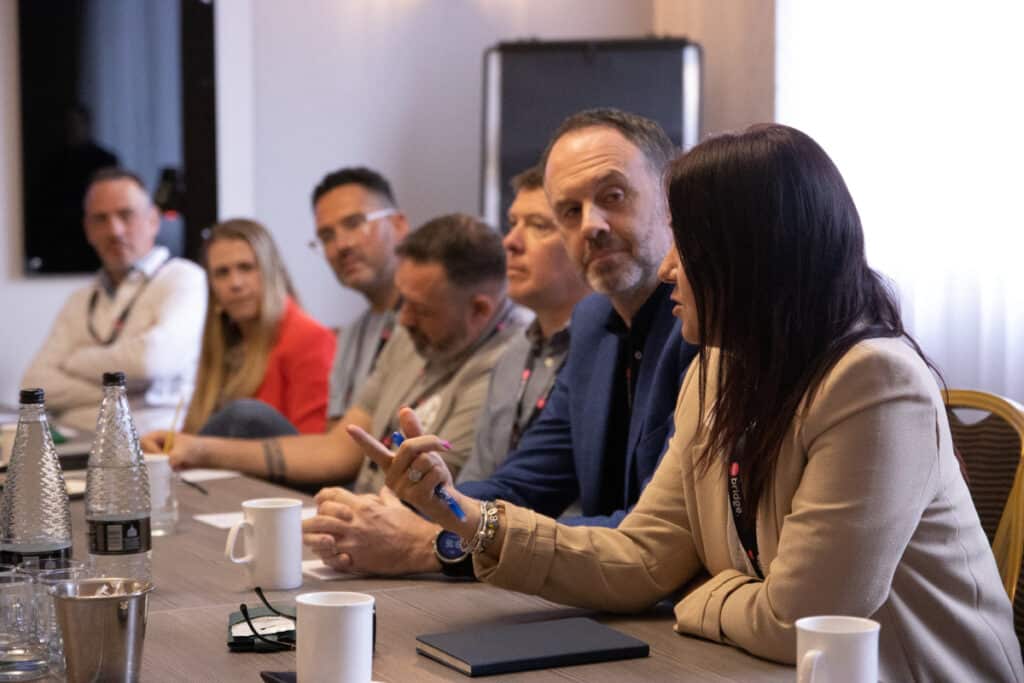
Key Takeaways from Our Recent Roundtable Discussion.
- Leadership and Communication as the Cornerstones of Transformation
Effective leadership is critical to the success of any transformation effort. Leaders must set a clear vision, inspire, and guide their teams through the change process, establishing trust and ensuring alignment with transformation goals. Additionally, clear and transparent communication, involving not just top-down directives but also fostering an environment where feedback flows freely, helps address concerns, reduce resistance, and keep everyone informed about progress and changes. These aspects are vital for successful organisational transformation.
- Engaging and Equipping Employees
Employee engagement is key to successful transformation. Involving employees in planning and execution fosters a sense of ownership and commitment. When employees feel valued and included, they are more likely to embrace change and contribute to its success. Additionally, continuous training and development programs ensure they stay updated with new processes and technologies, effectively contributing to transformation efforts.
- Measuring Success and Ensuring Sustainability
Clear metrics aligned with the organisation’s goals provide a clear picture of progress and the impact of transformation initiatives. These metrics are essential for gauging the success of the efforts. Furthermore, ensuring sustainability over the long term requires focusing on continuous improvement and making transformation a part of the organisational culture, rather than viewing it as a one-time event.
- Ownership and Accountability
Clear ownership and accountability are critical in navigating the complexities of transformation. Well-defined roles and responsibilities ensure that everyone knows their part in the broader scheme, maintaining momentum and driving transformation forward.
- Human Element in Change
Understanding and addressing employee concerns and motivations can smooth the path to successful transformation. Acknowledging the human element makes a significant difference, ensuring that employees remain engaged and supportive.
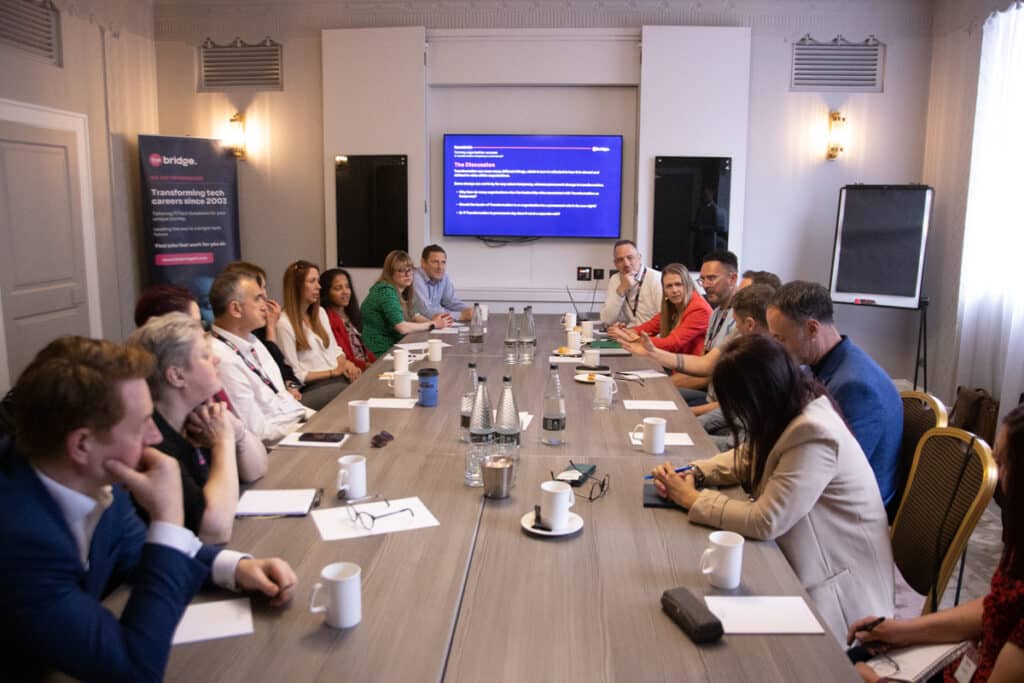
- The Role of Consultants
External consultants bring fresh perspectives and expertise, providing valuable insights and identifying opportunities for improvement that may not be apparent from within the organisation. However, it is also important for consultants to embed themselves into the company culture and be part of the team.
- Top-Down vs. Bottom-Up Approaches
A top-down approach ensures strategic alignment and clear direction, allowing for swift decision-making and driving major changes effectively. On the other hand, a bottom-up approach leverages insights and support from employees at all levels, ensuring grassroots engagement and buy-in. The round table highlighted the need for a balanced approach that leverages the strengths of both strategies.
- Speed of Implementation
The speed of implementation was a point of contention. Some advocated for rapid changes to maintain momentum, while others suggested a more measured approach to avoid overwhelming employees. Finding the right pace is crucial and may vary depending on the organisation and the nature of the change.
- Novel Ideas to Ponder
Adaptive strategies that evolve with feedback and changing circumstances allow organisations to remain flexible and responsive to new challenges and opportunities. Micro-learning modules for training offer flexible, on-demand learning opportunities that can be easily integrated into daily routines, promoting continuous learning and development.
- Temporary or Permanent Resources
Permanent employees provide stability and continuity, essential for maintaining the long-term success of transformation efforts, embedding changes into the organisational culture, and ensuring consistent implementation. On the hand, temporary employees offer flexibility and adaptability, allowing organisations to scale resources according to transformation demands. They bring fresh perspectives and specialised skills for specific projects or phases of transformation.
Conclusion
Our roundtable discussion shed light on the multifaceted nature of organisational transformation. Successful change requires a mix of strong leadership, employee engagement, clear metrics, and a deep understanding of the human element. Whether you’re in the midst of a transformation or just starting, these insights can guide your journey.
At Bridge, we can help you find qualified, culturally aligned talent with the skills you need, supporting you through the full recruitment lifecycle. For more information, get in touch today.
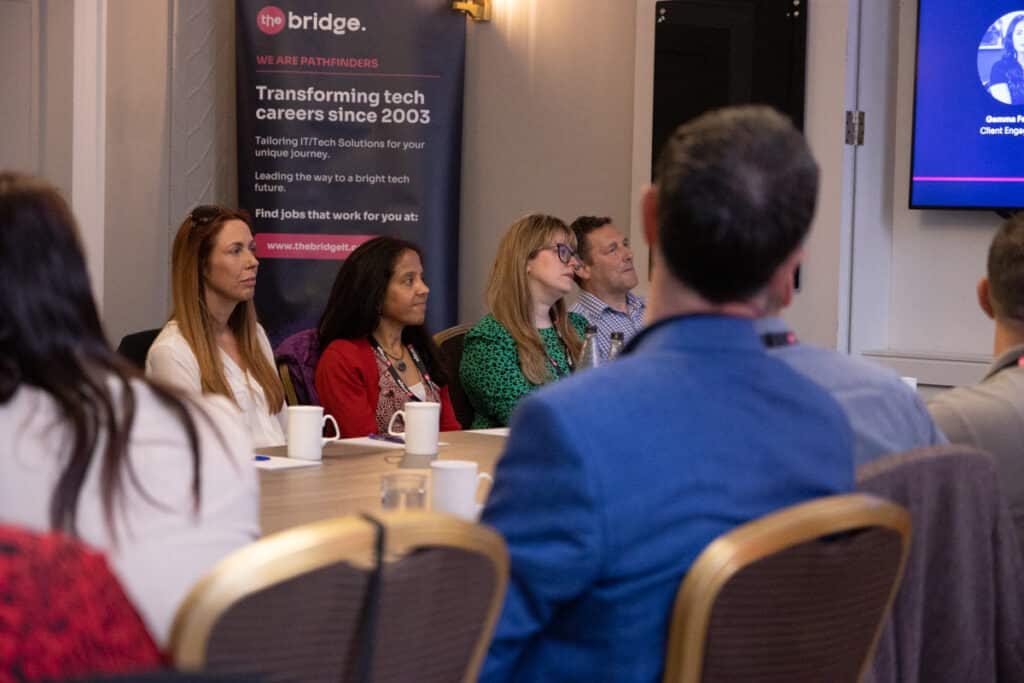
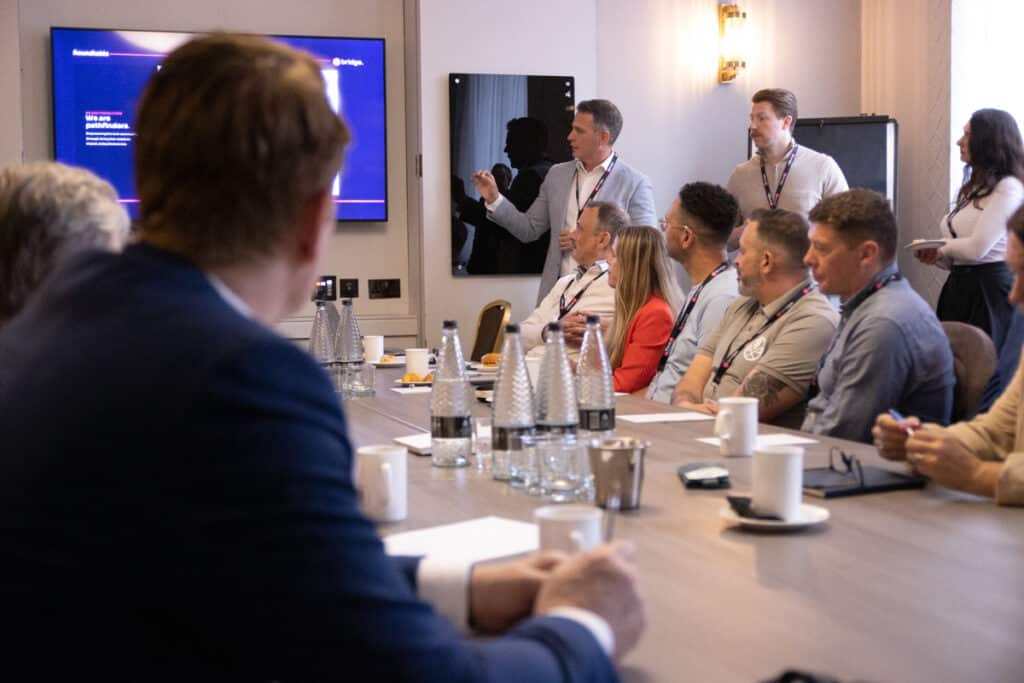


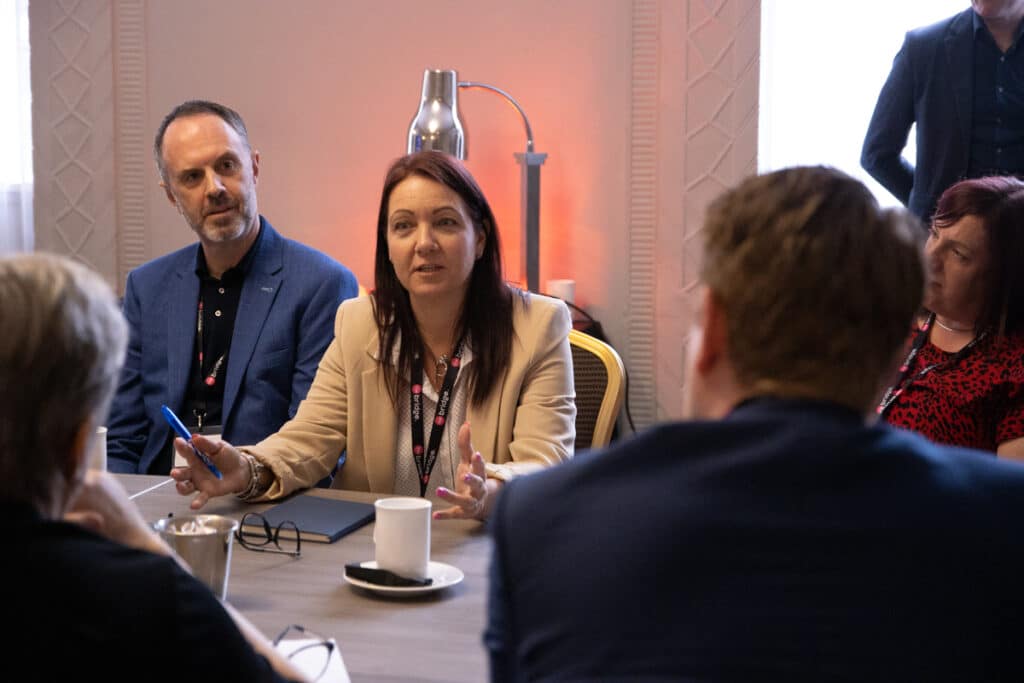
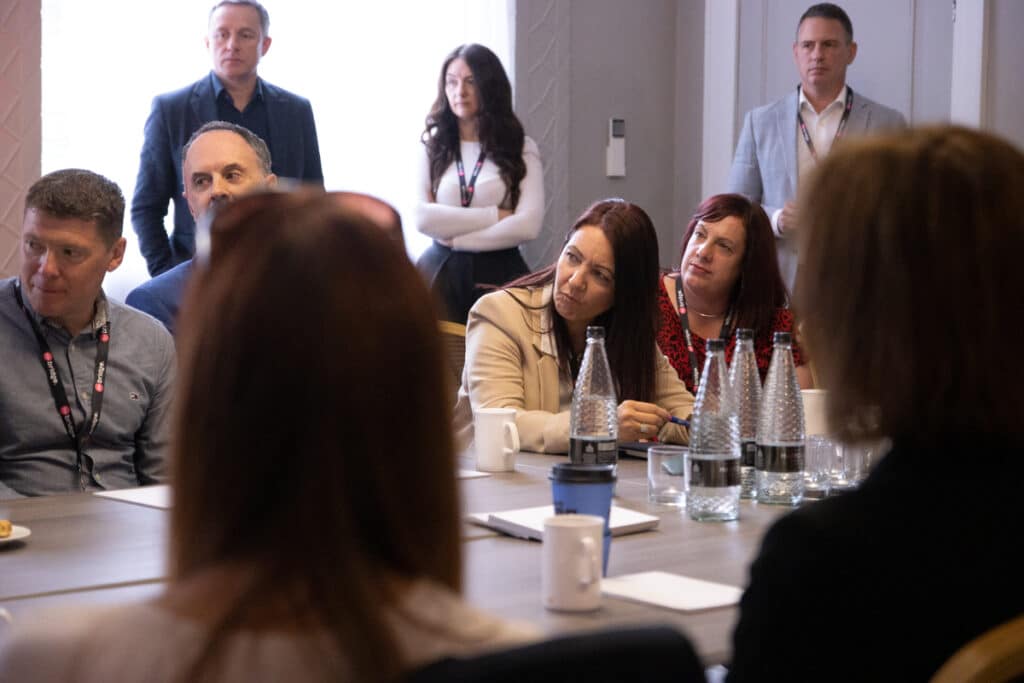
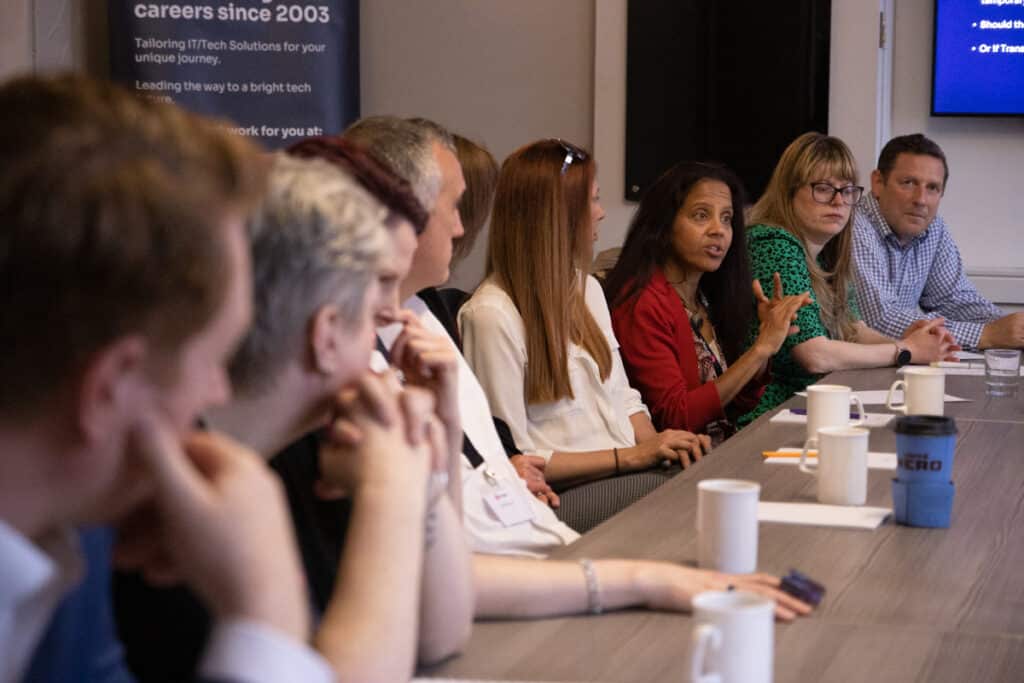

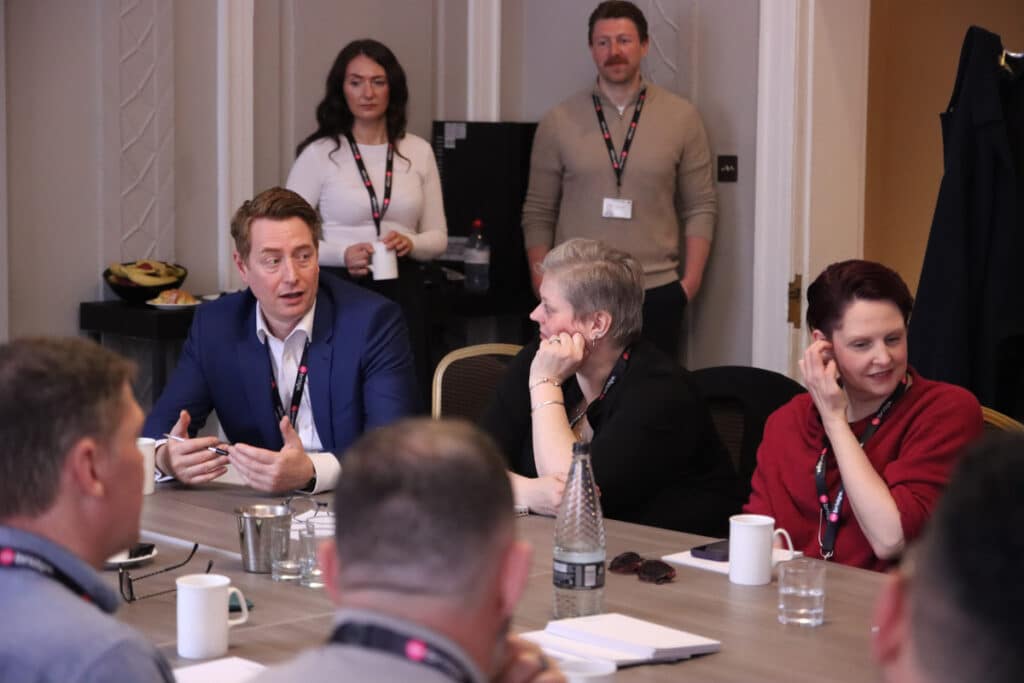
FAQs
Effective leadership, clear communication, employee engagement, continuous training, clear metrics, and sustainability are crucial factors for successful transformation.
Involving employees in planning and execution, providing continuous training, and creating a supportive culture are effective ways to engage employees.
Clear metrics help gauge the success of transformation efforts, providing a clear picture of progress and impact, and guiding continuous improvement.
Consultants bring fresh perspectives and expertise, helping identify opportunities for improvement. However, they must integrate into the company culture and understand the unique context of the organisation.
Finding the right pace involves balancing urgency with employee readiness, considering both rapid changes and a more measured approach to avoid overwhelming employees.
Micro-learning modules offer flexible, on-demand learning opportunities that can be easily integrated into daily routines, promoting continuous learning and development.
